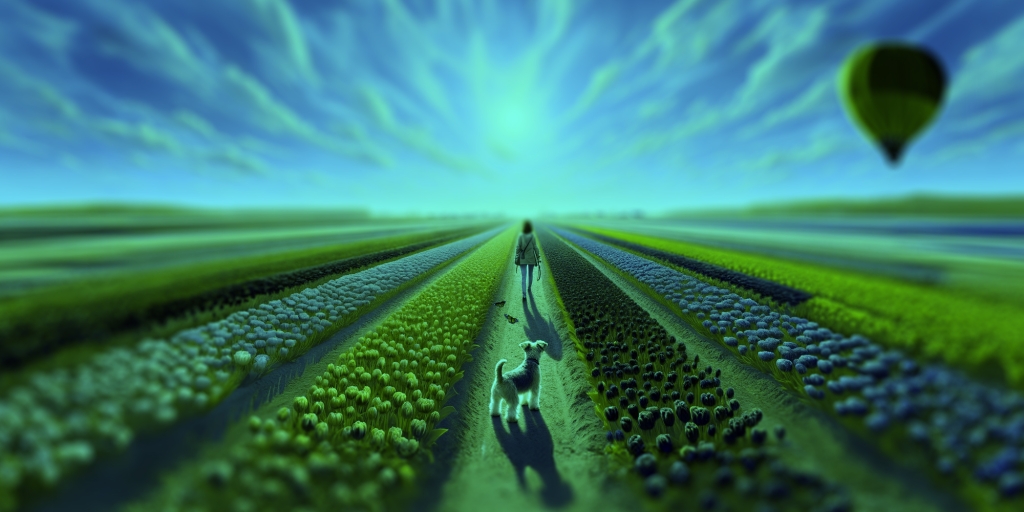
Amazing visuals by veterinary ophthalmologist Chris Dixon show how animals see the world.
Stunning Visuals By North-west Vet Show How Animals See The World
A veterinary ophthalmologist from the north-west of England has published images which reveal how dogs, cats, horses, birds and bees see the world compared to humans.
Chris Dixon, clinical director at Linnaeus-owned Veterinary Vision in Penrith, hopes his graphics, together with an in-depth article he has written, will answer many fundamental questions he is asked on a regular basis about the vision in some of our most popular animals.
Chris said: “Vision is a remarkable sense that varies across different species, each adapted to its ecological niche and needs. Comparing vision in humans with other species reveals a fascinating array of visual systems and adaptations.”
Key to how animals see the world is the anatomical differences between the species, according to Chris.
For instance, the position of the eyes and the shape of the head determines the visual field. Predators, including humans, dogs and cats, have forward facing eyes with a large area of overlapping ‘binocular’ vision that allows for depth perception.
This differs to prey species, such as horses and rabbits, whose eyes are positioned on the side of their head to allow for the widest field of view, because watching out for predators is of prime importance to them.
The images that Chris has produced also reveal the difference in colour vision, field of view and depth of focus that animals perceive. For example; dogs do not have the ability to see the colour red, cats have excellent night vision, horses have a panoramic sight and some birds can detect Ultraviolet light.
Chris added: “Veterinary surgeons are often asked which animal has the best vision. However, this is an impossible question to answer because the sight of every animal has evolved to suit the environment that they inhabit.
“If you take birds as an example, two individual species may not see the world in the same way. Penguins and diving birds have a flattened cornea so they can see underwater, whereas owls have excellent night vision, and pigeons have a wide field of view. The adaptation of one bird would not suit the environment of another.”
To see how dogs, cats, horses and other species see the world, and to read Chris’ explanations in more detail, visit https://www.veterinaryvision.co.uk/pet-owners/how-animals-see-the-world.
Veterinary Vision has a team of 15 ophthalmologists offering a dedicated referral service for cases from across the UK. It has state-of-the-art clinics in Lancashire, Penrith, Sunderland and Glasgow. For more information visit: https://www.veterinaryvision.co.uk/
More from Linnaeus Group

 2 years ago
2 years ago  1152 views
1152 views
